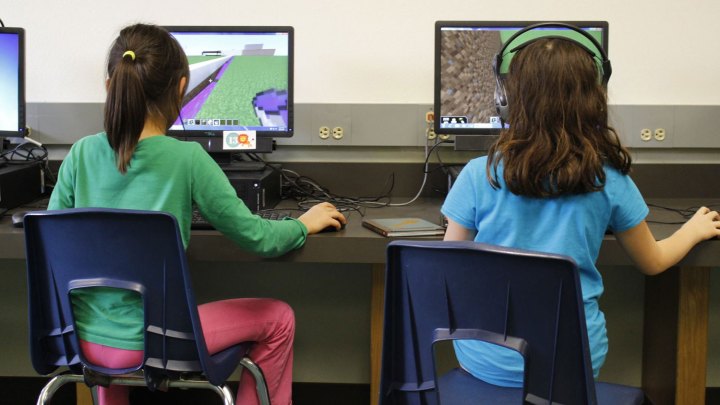
Project Malmo, previously referred to as Project AIX, has been spearheaded by a team working at a Microsoft research lab based in the English city of Cambridge. The platform is intended to facilitate research into general artificial intelligence, rather than systems that are designed to solve a singular problem.
Minecraft is ideally suited to the task, as it’s built upon a sandbox structure where players can go wherever they like and do whatever they want. By placing an AI in that environment and seeing how they respond, researchers can learn about how to “teach” their creation to respond to a wide range of different situations.
Moving from a specific intelligence to a general intelligence is a necessary stepping stone as we attempt to progress from AIs that can play board games to AIs that can perform a greater function in society. Even if an AI is only going to be tasked with folding laundry or stacking supermarket shelves, it’s crucial that they have a working knowledge of how to behave in the wider world.
One big advantage of Project Malmo over similar systems is that it allows researchers to compare their work against other projects that are using the same environment, according to a blog post announcing its release.
Microsoft hopes that Project Malmo will engage a broad range of users, and that its links to Minecraft will help entice more novice coders. To get started, download the package hosted here and launch the PC version of the game with the mod installed.


